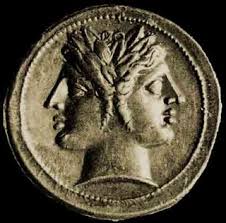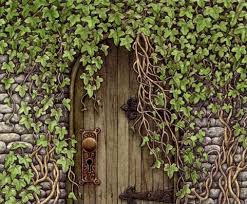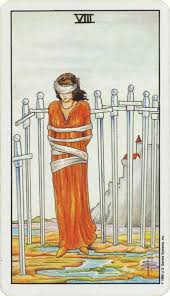
One of the customs of Imbolc is to choose seeds for the garden you will plant this year. The Ferie Sementivae commence on the 24th day of the month of January and last for a week, the weather in Rome now at a prime time for early sowing of seeds and fertilization of
Tellus, Mother Earth. The nurturing mother protects the seeds until they're ready to sprout, and so this is a
southern European version of the Celtic Imbolc, which translates as "in the belly" of the earth mother.
"Ewe's milk" is another translation, from an alternate spelling of the same word, Oimelc; both are cognate Candlemas.
And Sementivae? It comes from the Latin sementivus, "seed time", semen being the Latin word for "seed" (in all senses of the word) and so Imbolc, among other things a time for choosing seeds, is defined as an early spring festival, and not a winter one, although it culminates in cold February.
The feria is also known as Paganalia because it was celebrated in the countryside villages (
pagi) where spelt cakes and sow pork (another
pig reference!) were offered to Mother Earth Tellus and Ceres, the Goddess of grain (
cereal). Ovid in his Fasti presents a prayer to these Goddesses that the seeds may grow and thrive. He observes that Ceres was nursed by Pax (Peace) as Her foster child, and he credits and gives thanks to these Goddesses for permitting swords to be beaten into plough shares. Pax has her own Feria at the end of this month, reminding us that lasting abundance is well nurtured by Peace.
Spring fever is starting to hit. Cabin fever too. People are itching to get out in the land. I used to get a bunch of garden catalogues in the mail in late January but now it's all online. I miss the catalogues. It's fun to cut the pictures out and arrange them when choosing new plants to add to my little Medicine Wheel flower bed. Native plants (pardon the pun) get first preference.
Cabin fever hasn't hit me too hard, since I've been getting out a bit anyway, and besides its still so misty and rainy and muddy enough to make it cozy to come back in. But distant lands (Italia, Britain) are calling and I'm yearning to return to these romantic realms. With this in mind, I drew my
tarot card of the week, or card
s, since the first one,
Star, was reversed. The second one was the Emperor - again!
Laurie also drew some cards for me last Thursday, including the 6 wands (again). What the entire reading seems to say is I should let the emperor win and keep my journeys stateside this year. Sigh. But it's all good, I'll go when I have a better command of the language.
***
In relating this week's
Star card to Sementivae, the word
panspermia pops up. It means "all seeded" and in ancient Greece referred to a mixture of beans, wheat and other seeds and grains served at the autumn Pyanepsia festival. Today the meaning connotes Cosmic Ancestry, and there's even an entire website devoted to this (panspermia.org). Wikipedia says: Panspermia (Greek:
πανσπερμία from
πᾶν pan "all" and
σπέρμα sperma "seed") is the hypothesis that "seeds" of life exist already all over the Universe, that life on Earth may have originated through these "[
star]seeds"...
Which brings to mind Carl Sagan's quote: "The surface of the Earth is the shore of the cosmic ocean. On this shore we’ve learned most of what we know. Recently, we’ve waded a little way out, maybe ankle-deep, and the water seems inviting. Some part of our being knows this is where we came from. We long to return. And we can’t, because the cosmos is also within us. We’re "made" of star stuff." -- from Cosmos
The Star card in Italian decks is not singular, but Le Stelle, the Stars. Panspermia. Note the "cosmic ocean" at her feet. Fits Sagan's quote pretty well!
[listening to: "We Come From the Stars" chant by Lisa Thiel, from the 1988 cassette
Songs of Transformation, which also includes "Candlemas Song"]
The astrological correspondence for XVII Star(s) is Aquarius, making its message all the more important and timely, reversed or not. Neptune (XII The Hanged Man) is joined by the Sun in Aquarius now. The Hanged Man is not suffering so much as he is contemplative, deep in meditation, and learning to observe the world from "both sides now". The Stars reversed spill the ocean of starry blessing down upon the earth. And we are yet in the season of Carnivale, like the
Saturnalia a topsy turvy time when slaves rule kings. So reversed is OK with me.
(Aquarius and Neptune)
and other esoteric symbols in the Spiral Tarot














